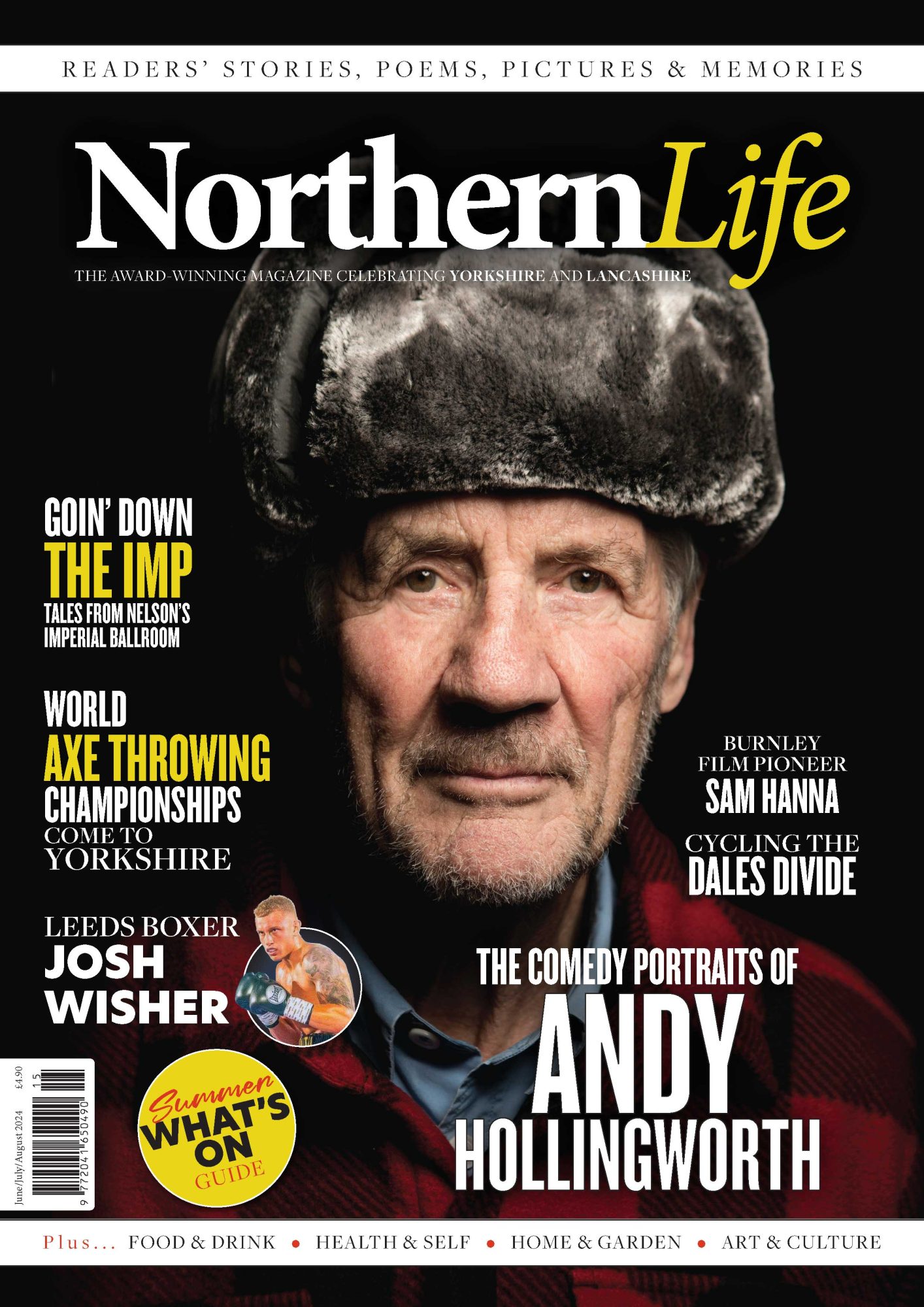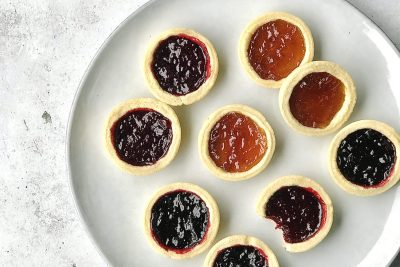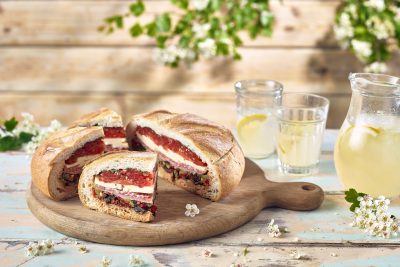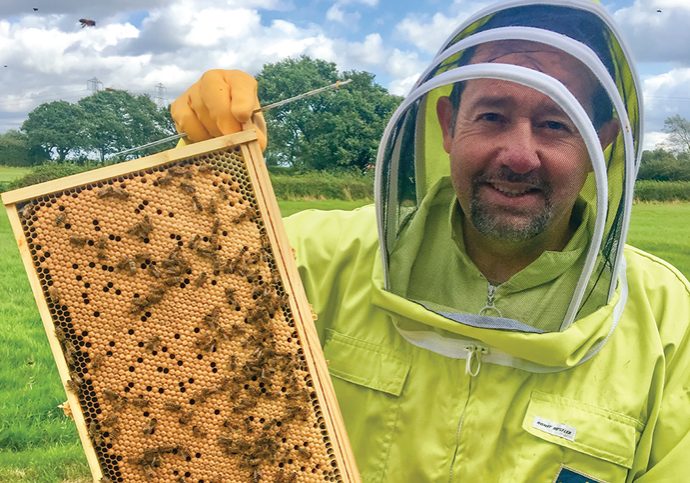
A Taste Of Honey – Steve Donohoe
by Steve Donohoe
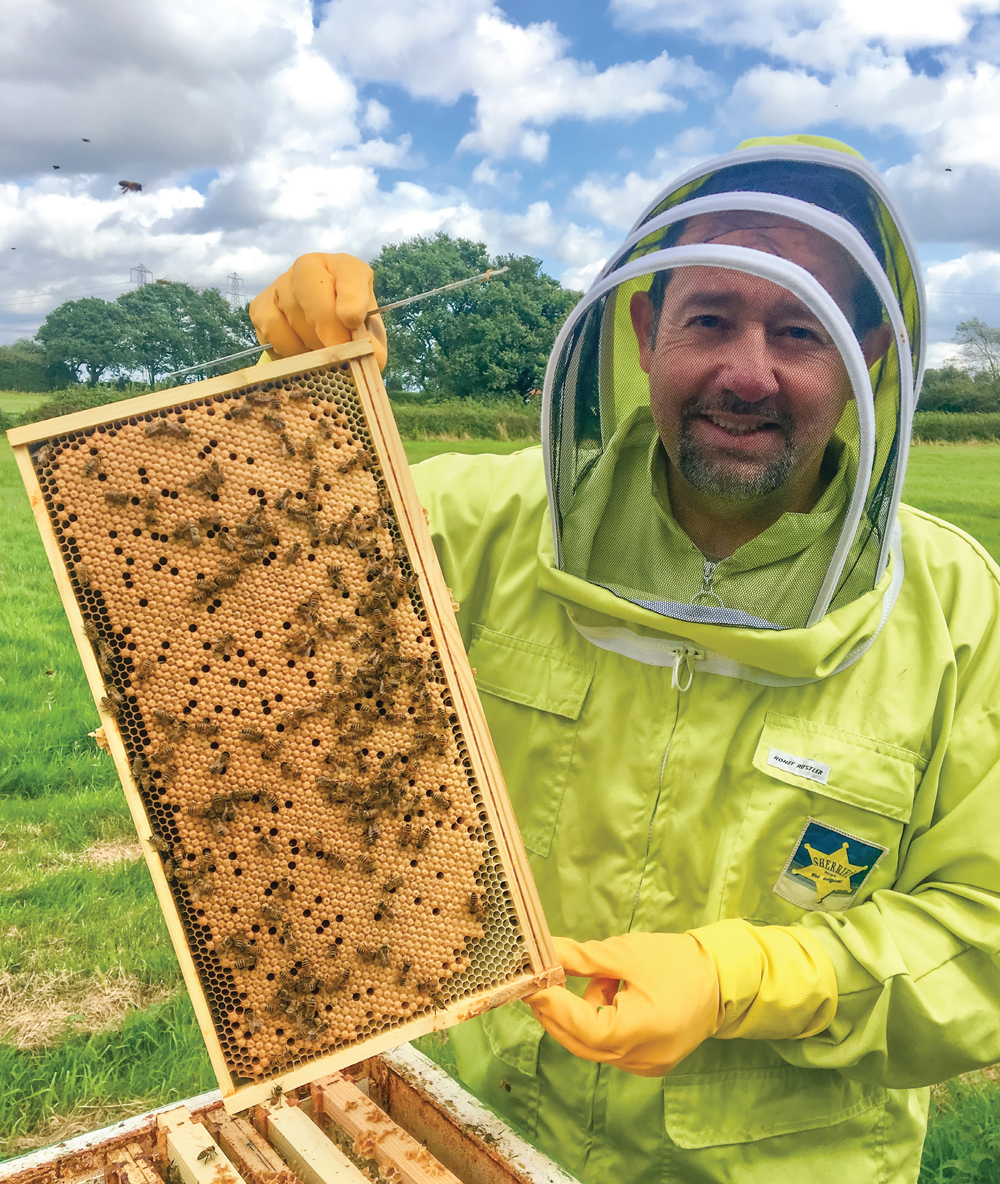
Honey hustler Steve Donohoe, a beekeeper and author of ‘Interviews with beekeepers’ gives us the in ‘hive’ store of how to recognise good honey and how not to fall into the ‘honey’ trap...
Many people buy honey from a supermarket and enjoy it drizzled over natural yoghurt, or porridge, or spread on toast. Delicious! I must admit that before I became a beekeeper, I was not that fussed about the stuff; I could take it or leave it. Now that I have been consuming my honey, from my bees, for nearly a decade, I can’t imagine life without it. However, until you have tasted ‘real honey’, you haven’t had honey at all. Much of what passes for honey in our stores is more akin to flavoured sugar than the genuine article.
Beekeepers in the UK are primarily hobbyists with a couple of hives in their gardens. The small amount of honey they produce is for consumption by family and friends; it’s not a commercial enterprise. It’s a privilege to sit in the sunshine with a cup of tea, watching the bees come and go, bringing in yellow bundles of pollen on their hind legs. Keeping bees alive is not an easy task, especially for beginners, so the people that continue with the craft tend to be the ones that join their local beekeeping association. Those that attend meetings or go on training courses or ask for the help of a mentor have the best chance of keeping healthy bees year after year.
There are also bee farmers who keep hundreds of beehives and earn their living from their bees. They move bees to pollinate different seasonal crops, with stored honey being a happy side effect. A farmer who grows oilseed rape, that vivid blanket of canary yellow that we see on some fields in spring, told me that honey bees help to ensure that the whole crop ripens at the same time. Many bee farmers in northern England take their bees down to Kent to help pollinate orchards. Some take their hives up to the moors in August for heather honey, a premium product in great demand.
The UK beekeepers that make more than enough honey for personal use tend to sell it in farm shops or markets, but some will find its way to larger stores. Bee farmers may run a bottling and labelling facility or choose to sell it in bulk to companies specialising in packing and selling honey. I think many of them prefer to spend their time with bees, so selling barrels of honey to packers makes sense; leave the bottling, labelling and marketing to the experts. Each commercial beekeeper has to work out what makes sense for their scale of operation.
Demand for honey exceeds the local supply, which can be very variable given our unpredictable weather. In the UK, we primarily import honey from China, New Zealand and the EU, with a value exceeding £90 million per year. In March 2020, the Honey Authenticity Project (HAP) sampled 13 jars of cheap honey from well-known supermarkets in the UK. They sent it to an accredited food testing laboratory for a broad spectrum of analyses. The results showed that not one of the samples was ‘pure honey’. There appears to be widespread adulteration of honey with the addition of sugars derived from corn, rice and sugar beet. These sugars, which are not from nectar collected by bees, explain some honey’s low price and insipid taste. The main culprit is Asia, say the HAP.
“There appears to be widespread adulteration of honey with additional sugars derived from corn, rice and sugar beet.”
Rather than continue down this depressing and negative pathway, I’d like to change tack and rejoice in the glory of natural honey – the genuine article. As we move through the seasons, the forage available to our bees changes, and each year, it’s slightly different. The nectar collected will depend on the weather, location, and what is in flower at the time. Honey bees tend to prefer foraging on large numbers of a single type of flower at a time. They evolved in trees, so it’s unsurprising that they enthusiastically collect nectar from trees and hedgerows.
When I open a hive, I love to look at the different types of pollen stored around the brood nest. Some are pretty distinctive; horse chestnut is brick red, dandelion is orange, and oilseed rape is yellow. Colour charts are available to help us identify one from the other, and some enthusiasts use microscopes to be sure. The pollen in honey is a strong indicator of its source.
Honey bees are vegetarians, and their protein comes from pollen. A good supply is essential for raising young bees and future queens. Although honey is primarily simple sugars, it contains traces of pollen and more complex sugars. These result in a flavour that is as unique as vintage wine. The honey takes its character from the land.
Companies that buy honey in bulk need to produce a consistent product so that each batch tastes and looks identical. To achieve this, they heat, filter and blend honey to form the branded item that customers expect to find in stores. It does the job, and if cheap imported honey forms part of the mix, they keep costs low. If you get a batch of delicious wildflower honey from your local beekeeper or farm shop, don’t expect to get the same thing next time. Pure honey taken straight from the bees will change from month to month and year to year.
The bees turn nectar into honey by adding enzymes and removing water. When it’s ready, they cap each cell of honey with wax. I take these frames away in August and uncap them, then spin them in an extractor. The liquid honey runs into food-grade plastic buckets, which I then leave to settle. After a while, the froth and bits of wax and the odd bee rise to the surface, allowing me to tap off the pure, unfiltered golden liquid from the bottom. That’s all there is to it; just pure honey, straight from the hive.
My bees have plenty of time in September to collect the nectar that will form their stores for the winter to come. Keeping bees is hard, sweaty work for beekeepers, and the hives and equipment are not cheap. It’s a shame that adulterated honey imported from abroad is driving down prices. In my view, pure natural local honey is a premium product that tastes incredible and deserves a premium price.
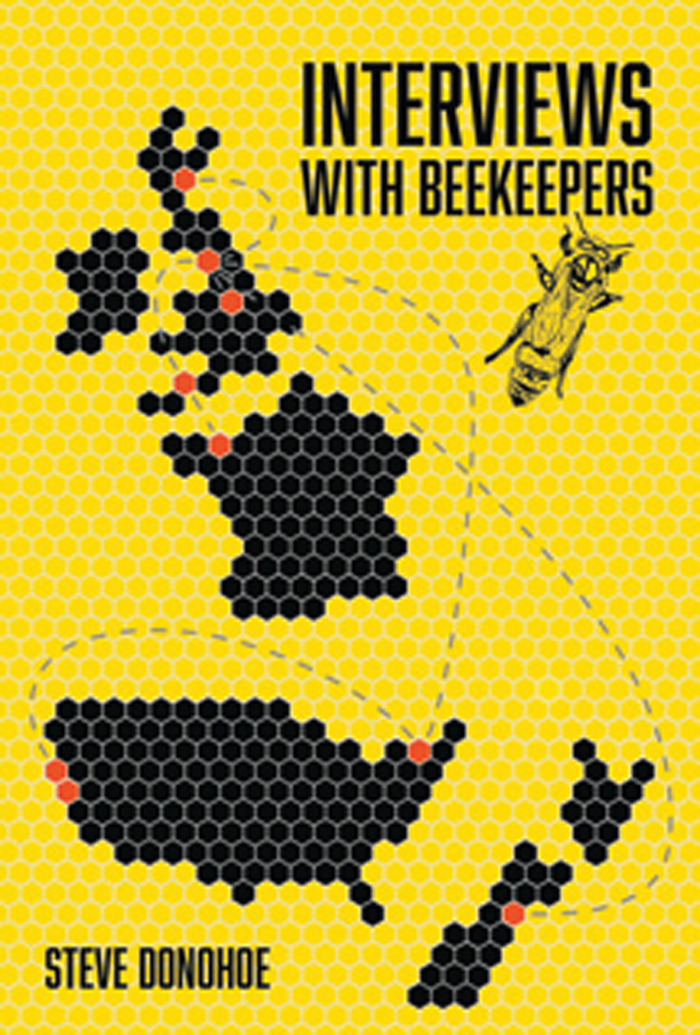
Interviews With Beekeepers, available now – £19.99
